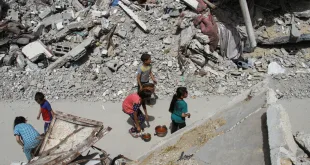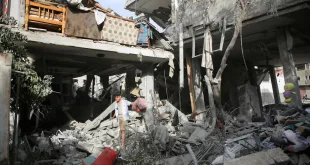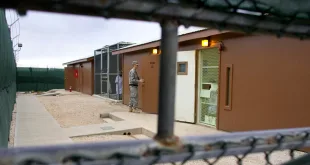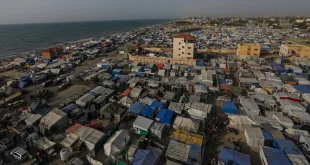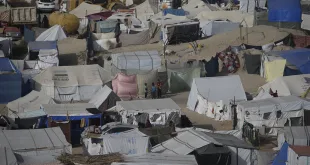Understanding Hurricane Hilary: Causes, Impacts, and Effective Disaster Management. Natural disasters have a profound impact on societies and environments, and one such event that demands our attention is Hurricane Hilary. This tropical cyclone, born in the Eastern Pacific Ocean on August 16, 2023, rapidly escalated to Category 4 intensity by August 19, 2023. This impending hurricane is projected to make landfall in Mexico, promising heavy rainfall and fierce winds. Not only Mexico but the effects of Hurricane Hilary are also expected to extend to parts of Southern California and Arizona, posing significant challenges for disaster management and community resilience.
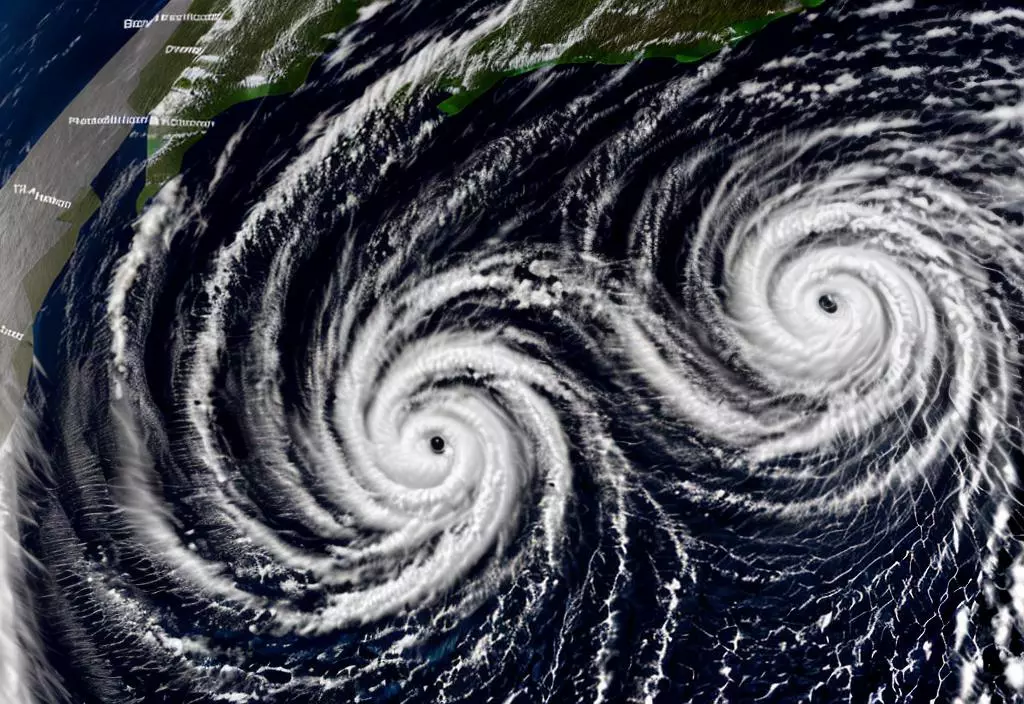
The Fury Unleashed: Causes and Effects of Hurricane Hilary
Hurricanes, also known as tropical cyclones, derive their power from warm ocean waters, providing the energy needed for their formation and intensification. As warm air rises from the ocean’s surface, it creates an area of low pressure. Air from the surrounding regions rushes in, causing the air to rotate and form a cyclone. This phenomenon, coupled with Earth’s rotation, generates the characteristic spiral pattern of a hurricane.
Hurricane Hilary, like its predecessors, started as a cluster of thunderstorms over the warm waters of the Eastern Pacific Ocean. The high sea surface temperatures and conducive atmospheric conditions fueled its growth into a powerful storm. Its intensity escalated to Category 4, characterized by wind speeds ranging from 130 to 156 mph, creating a scenario of increased devastation potential.
The potential aftermath of Hurricane Hilary poses significant risks to the affected regions. The National Weather Service’s warning of “dangerous to catastrophic” flooding underscores the magnitude of the challenges ahead[^2^]. The torrential rains and powerful winds can lead to extensive property damage, infrastructure collapse, and even loss of life. Coastal areas are particularly vulnerable due to the storm surge, which can inundate low-lying regions.
Disaster Management: Challenges, Opportunities, and Preparedness
Disaster management is a multifaceted approach aimed at minimizing the adverse impacts of disasters on people, property, and the environment. This comprehensive strategy encompasses various phases, including prevention, mitigation, preparedness, response, and recovery. As Hurricane Hilary threatens to unleash its fury, the affected regions face a range of challenges and opportunities in effectively managing this impending disaster.
Challenges:
- Geographic Vulnerabilities: The geographical locations of the affected regions play a crucial role in their susceptibility to hurricanes. Coastal areas are at higher risk due to the potential for storm surges and flooding.
- Community Readiness: Ensuring that communities are prepared to respond to emergencies is paramount. However, differing levels of awareness, resources, and education can hinder effective disaster preparedness.
- Infrastructure Resilience: The strength of infrastructure directly impacts disaster resilience. Older structures might not be designed to withstand the force of a Category 4 hurricane, amplifying potential damages.
Opportunities:
- Technology Advancements: Technological innovations, such as improved weather forecasting models and early warning systems, offer vital tools for disaster prediction and timely evacuation.
- Collaborative Networks: Collaboration between government agencies, non-governmental organizations, and international bodies enhances disaster response and recovery efforts through resource-sharing and expertise.
- Public Awareness: Enhancing public awareness campaigns can educate individuals about disaster risks, encouraging them to take proactive measures for their safety and that of their communities.
Learning from the Past: Applying Lessons from Previous Disasters
The lessons gleaned from past disasters, such as Hurricane Katrina and Hurricane Harvey, provide valuable insights into the effective management of Hurricane Hilary. These lessons encompass strategies that span various phases of disaster management:
- Preparedness and Mitigation: Investment in infrastructure improvements and urban planning can mitigate the impact of hurricanes. Building codes that consider wind and water resistance can make structures more resilient.
- Emergency Response: Streamlining communication channels between government agencies and communities can facilitate swift and efficient evacuation procedures.
- Recovery and Rehabilitation: Implementing long-term recovery plans that prioritize rebuilding infrastructure and restoring livelihoods can accelerate the return to normalcy.
Strengthening Resilience: Recommendations for the Future
As we confront the impending threat of Hurricane Hilary and its potential devastation, there are several crucial steps to enhance disaster preparedness, response, and recovery:
- Community Education: Increasing awareness through educational programs about disaster risks, evacuation procedures, and emergency contacts.
- Infrastructure Upgrades: Investing in resilient infrastructure that can withstand extreme weather events, ensuring minimal disruptions.
- Interagency Collaboration: Establishing robust networks between governmental bodies, NGOs, and international organizations to facilitate coordinated disaster response.
- Research and Innovation: Continuously improving predictive models and technologies to enhance the accuracy of weather forecasts and early warnings.
- Sustainable Development: Integrating disaster resilience into urban planning and development policies to minimize vulnerabilities.
Conclusion
The looming threat of Hurricane Hilary reminds us of the imperative to bolster our disaster management strategies. Through learning from past experiences and applying innovative approaches, we can mitigate the impact of natural disasters and safeguard the well-being of communities and ecosystems. As the storm clouds gather, our collective efforts will determine the resilience of the regions in the face of this formidable challenge.
Frequently Asked Questions (FAQs)
- Q: When did Hurricane Hilary form? A: Hurricane Hilary formed on August 16, 2023, in the Eastern Pacific Ocean.
- Q: What intensity did Hurricane Hilary reach? A: Hurricane Hilary escalated to Category 4 intensity on August 19, 2023.
- Q: Which areas are expected to be affected by Hurricane Hilary? A: Hurricane Hilary is projected to make landfall in Mexico and impact parts of Southern California and Arizona.
- Q: What are the potential impacts of Hurricane Hilary? A: The hurricane may bring heavy rain, strong winds, and the possibility of “dangerous to catastrophic” flooding.
- Q: How can communities prepare for the impact of Hurricane Hilary? A: Community education, infrastructure upgrades, and interagency collaboration are key components of effective disaster preparedness.
 AC7 All About Entertainment
AC7 All About Entertainment











